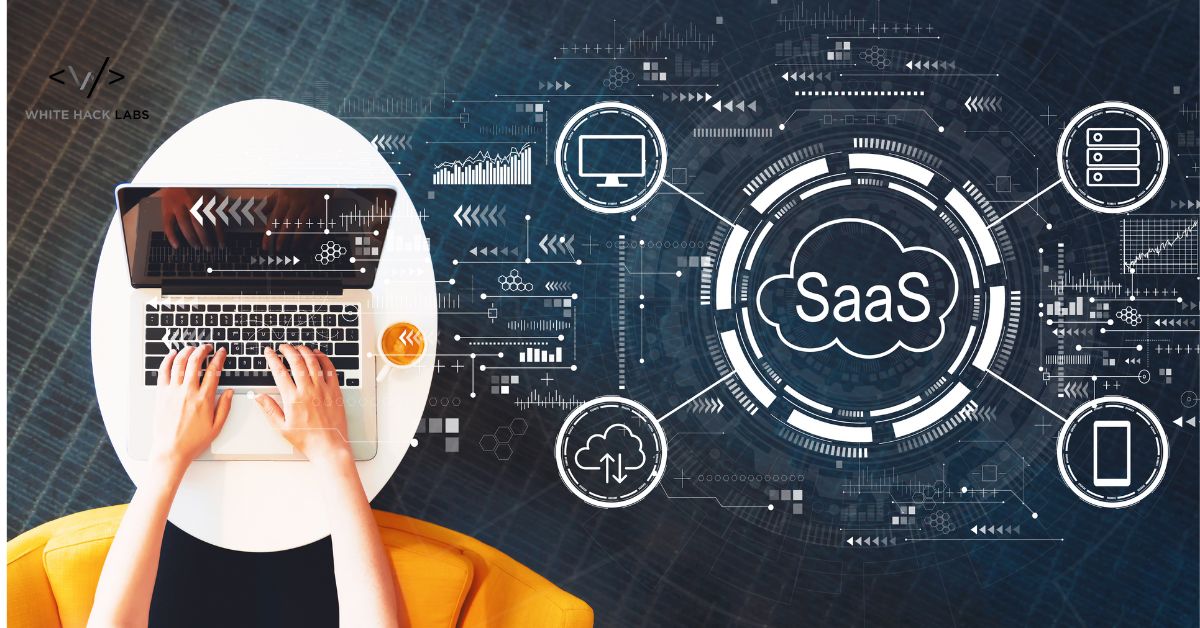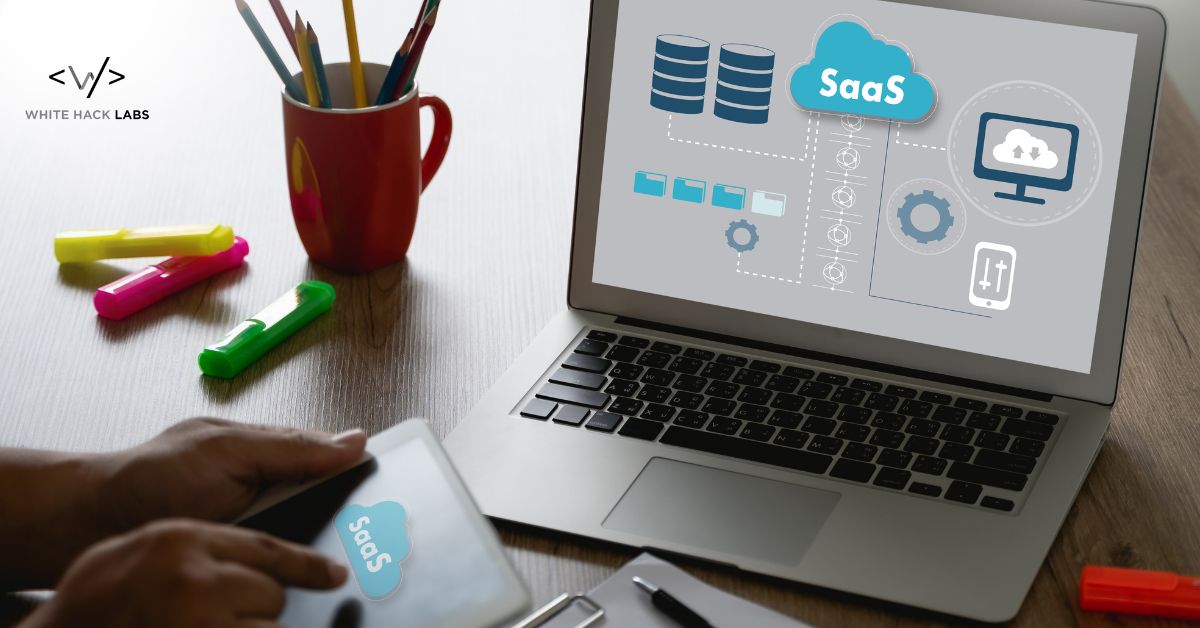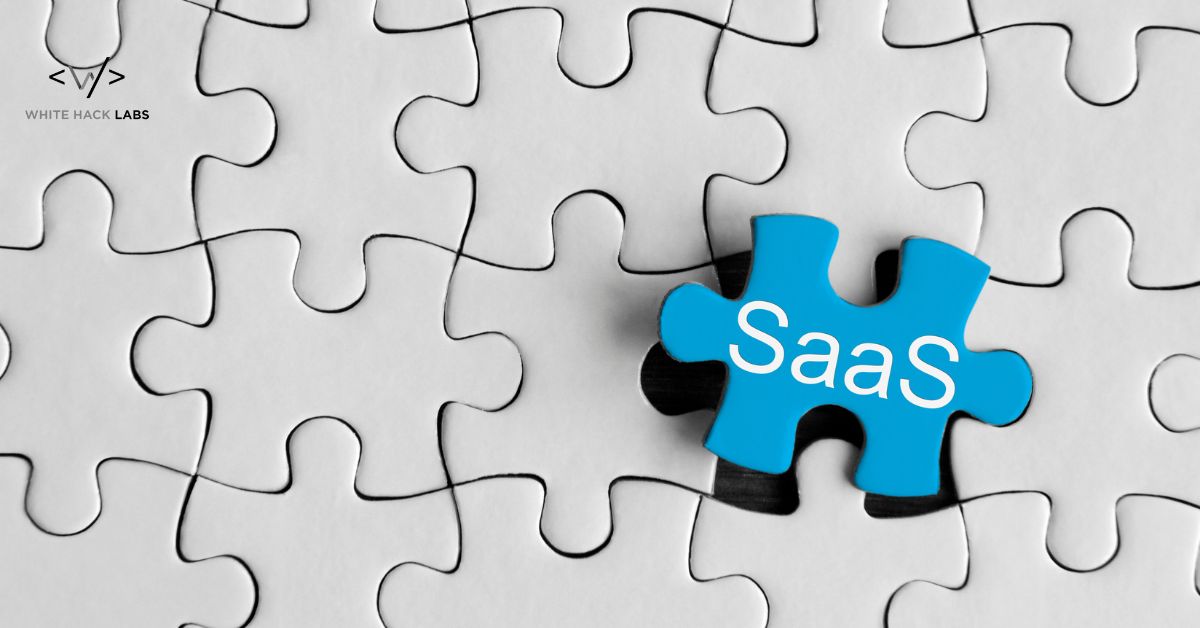
Introduction
Creative solutions are necessary for dealing with the unpredictable threats in the dynamic world of cybersecurity. One such novel approach is SaaS, which is software as a service. This article will study SaaS in cyber security, covering its definition, applications, and game-changing impacts on security and digital environments.
Defining SaaS in Cybersecurity
SaaS actualises cloud computing, the distribution of software applications over the internet that prevents users from self-installing, managing, or even maintaining the software locally. SaaS gives a scalable and adaptable foundation for applying cybersecurity solutions effectively. Hence, it provides several benefits to corporations concerned about protecting their systems.
The Versatility of SaaS Solutions
SaaS in cybersecurity covers a wide range of uses, from identity and access management to threat detection and response. Due to their central hosting, users can access these systems remotely through a web browser. This centralized method improves the overall security posture by expediting deployment and guaranteeing that updates and patches are applied on time.
The Advantages of SaaS in Cybersecurity
Cost-Efficiency and Scalability: Subscription-based SaaS solutions eliminate the need for significant upfront software and hardware purchases. This increases the accessibility of cybersecurity solutions for companies of all sizes, fostering fair competition in digital defense. Scalability also ensures that, as your business grows, SaaS solutions can readily adjust to meet the evolving needs of your cybersecurity strategy.
Automatic Updates and Maintenance: The laborious process of manually updating and maintaining software installed through traditional means is not uncommon. SaaS centralizes these procedures, which lessens the load. The service provider automatically deploys security updates, patches, and new features, ensuring that your defenses are constantly up to date without requiring significant IT involvement.
Accessibility and Flexibility: Due to its cloud-based architecture, SaaS enables users to access their data from any location with an internet connection. This flexibility is highly beneficial in the modern workplace, where remote work is becoming more frequent. An organization's physical location is no longer a barrier to the flexible and responsive defense against attacks provided by cybersecurity solutions.
Rapid Deployment: Cybersecurity protections required complex installations and configurations to be implemented in the past. On the other hand, SaaS solutions offer quick deployment capabilities. Organizations may establish robust security protocols with a few clicks, significantly reducing the time and resources needed for implementation.
Applications of SaaS in Cybersecurity

Endpoint Security SaaS and endpoint security solutions are needed to protect individual network devices. The cloud-based solutions protect devices from malware, ransomware and other malicious activities by detecting and stopping attacks at the endpoint.
Identity and Access Management (IAM) One of the leading cybersecurity elements is managing user identities and enforcing access control to sensitive information. One of the most critical defense mechanisms is that organizations can set up access control policies, authenticate users, and control user activity across multiple platforms with the help of SaaS-based IAM solutions.
Threat Intelligence and Detection SaaS systems offer great threat intelligence and detection capabilities. These technologies can substantially reduce the consequences of cyberattacks by detecting and responding to threats in near-real time using machine learning and analytics.
Security Information and Event Management When provided as a service (SIEM), SIEM solutions provide a centralized monitoring of threats (Security in Information and Event Management) in the organization. This is done by collecting, processing and linking logs from various sources to build a comprehensive, realistic and clear idea of the security environment and, in turn, conduct effective proactive threat management.
SaaS in Action
Let's delve into a hypothetical scenario to illustrate the practical applications of SaaS in cybersecurity. Imagine a multinational corporation grappling with securing its network across diverse geographical locations. Traditional security measures need to provide a cohesive defense strategy.
Unified Threat Management (UTM): A SaaS-driven UTM solution unifies intrusion detection, firewall, antivirus, and other security features onto a single platform. Regardless of the user's or the device's location, this centralized approach makes uniform policy enforcement possible.
Collaborative Endpoint Security: A SaaS-driven endpoint security solution is deployed in response to a remote workforce that uses a variety of devices to access the corporate network. In addition to shielding specific devices from dangers, this ensures that any questionable activity is quickly identified and dealt with.
Cloud-Based IAM: A SaaS IAM solution is adopted after seeing the necessity of strict access controls. As a result, user identities, access rights, and authentication procedures may all be managed from a single cloud platform. As a result, an efficient and safe access control system that adjusts to the changing needs of the workforce is created.
Dynamic Threat Response (DTR): A SaaS-based DTR solution is used in the terrible case of a cyberattack. To minimize downtime and data breaches, the real-time threat response system quickly contains and neutralizes the threat using automated incident response processes and powerful analytics.
Why Choose SaaS for Cybersecurity?
The adoption of SaaS in cybersecurity stems from its revolutionary influence on organizational resilience. Cloud-based solutions' operational savings and flexibility in responding to new threats position SaaS as a critical component in the fight against cybercriminals.
White Hack Labs and SaaS in Cybersecurity

Like the larger cybersecurity context, companies require trustworthy allies when navigating the SaaS environment. White Hack Labs understands SaaS's critical role in safeguarding digital infrastructures because of its dedication to proactive defense. White Hack Labs guarantees its clients fully utilize SaaS solutions customized to their cybersecurity requirements using strategic alliances and ongoing enhancements.
Tailored SaaS Integration: White Hack Labs takes a bespoke approach to SaaS integration, understanding that each organization has distinct cybersecurity requirements. Whether it's endpoint security, IAM, or threat detection, the experts at White Hack Labs work closely with clients to identify the most suitable SaaS solutions and seamlessly integrate them into existing security frameworks.
Continuous Monitoring and Enhancement: White Hack Labs recognises no one-size-fits-all answer to SaaS and stresses the need for ongoing monitoring and improvement. They guarantee that SaaS systems are efficient in the here and now and flexible enough to meet evolving cybersecurity concerns by utilizing real-time threat intelligence and analysis.
Collaborative Knowledge Sharing: In the spirit of collaboration, White Hack Labs fosters a knowledge-sharing ecosystem. Through educational initiatives, workshops, and sharing best practices, they empower organizations to navigate the SaaS landscape independently, creating a resilient cybersecurity culture.
The Future Landscape: SaaS and Beyond
SaaS is expected to play an increasingly more crucial role as we look to the future of cybersecurity. SaaS solutions' scalability, accessibility, and adaptability perfectly fit how cyber threats constantly change. Furthermore, incorporating cutting-edge technology like machine learning and artificial intelligence augments the prognostic and responsiveness of SaaS-driven cybersecurity protocols.
In summary, SaaS in cybersecurity represents a paradigm shift in how businesses approach digital defense and technological advancement. Businesses can confidently navigate the intricate web of cyber dangers thanks to the accessibility and adaptability of SaaS solutions and the experience of groups such as White Hack Labs. SaaS is a shining example of innovation as we advance into the digital era, revolutionizing how we protect our most critical digital assets.

